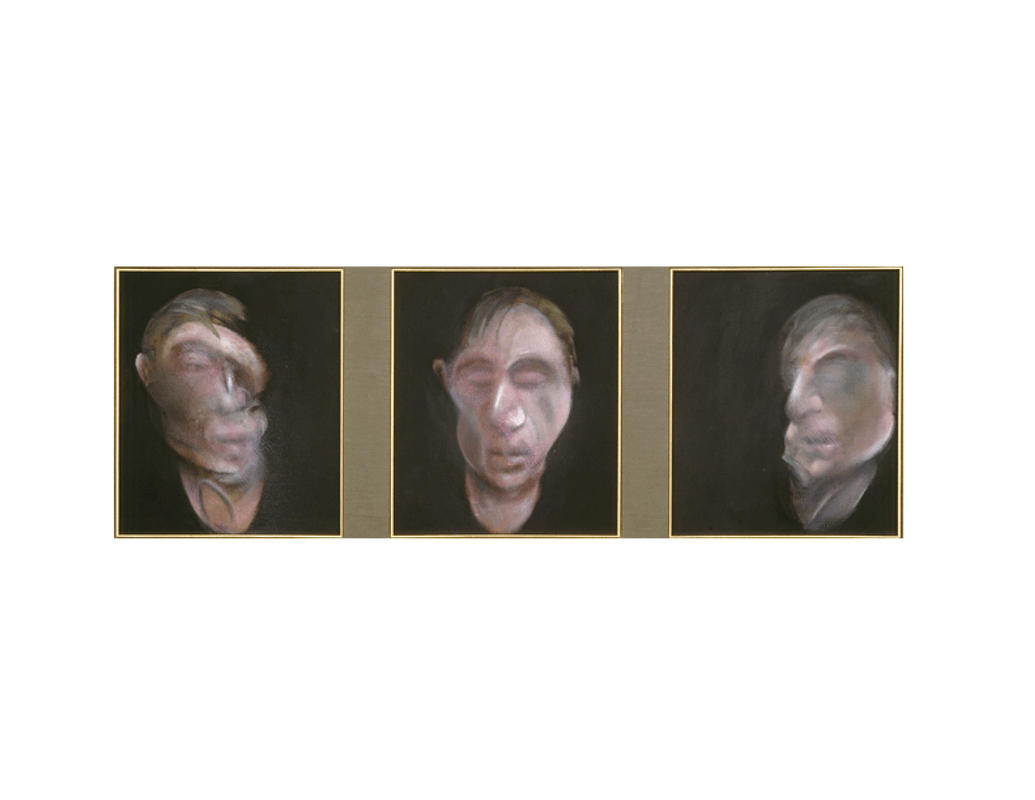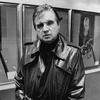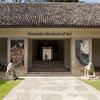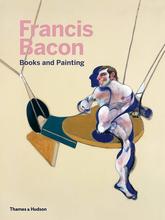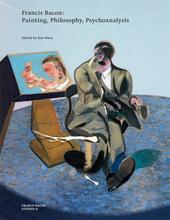More about Three Studies for a Self-Portrait
- All
- Info
- Shop

Contributor
At first glance you may think that you're looking at a self-portrait of Francis Bacon after you’ve had approximately 5 drinks.
You may also think that it could be a portrait of what it feels like to have 5 drinks, but Bacon apparently didn’t mean it that way. In fact, he claimed to have no subliminal message at all in this painting. So, why, you ask, are you looking at three very distorted, very creepy images of the artist? Well, because Francis Bacon believed that we are all a little messed up in the head and that life sucks and he just wanted to get it all out in the open.
We can definitely see the Francis Bacon-y facial structure of this portrait but he intentionally distorted the image by dragging either dry paintbrushes or rags over the image while it dried to add to the existentialism of it all. Bacon said about self portraits that, “I loathe my own face… I’ve done a lot of self-portraits, really because people have been dying around me like flies and I’ve nobody else left to paint but myself,” which gives us some context as to what feelings inspired the morose painting. He was going for a what-is-the-meaning-of-life-and-why-are-we-here sort of vibe. But it’s easy to imagine how Bacon became so brooding, somber and death-obsessed after the death many of his friends and the suicide of his lover, George Dyer. Throughout his life, Bacon’s work only got darker and more miserable in direct correlation with the rising death toll.
Though now his paintings have set records at auctions, they always got mixed reviews during his lifetime. Because they were so serious and emotionally oppressive, there was never a unanimous opinion about his work. Margaret Thatcher once described Bacon as “that man who paints those dreadful pictures,” which may be one of the most typical English phrases ever uttered. But all jokes aside, Bacon reasoned that, “You can’t be more horrific than life itself.” A ray of sunshine, that one.
Featured Content
Here is what Wikipedia says about Three Studies for Self-Portrait (1979)

Three Studies for a Self-Portrait is an oil-on-canvas triptych painting by the Irish-born English artist Francis Bacon. Two of the paintings are signed and dated 1979, and the third is signed and dated 1979–1980.
The triptych is usually viewed by art historians as penetrating self-examinations in the aftermath of the suicide of his lover George Dyer; one of a series of inward-looking self-portraits completed during the 1970s. Bacon was seventy at the time, but depicts himself as much younger.
Check out the full Wikipedia article about Three Studies for Self-Portrait (1979)

